Why Ramen Deserves Your Attention
In Japan, ramen is more than just a bowl of noodles. It’s a part of everyday life. It is a true icon of Japanese food.
I’ve been to Japan three times and each time I am always looking forward to having my first bowl of Japan when I touch down (for some reason ramen in Japan just scratches an itch which the ramens back at home can’t)
It always intrigues me how each place serves ramen differently given the many permutations of its components. I’m also always lost regarding the various types of condiments on the table and how should I eat it.
This guide breaks down what you need to know to eat ramen with knowledge, appreciation, and a bit of curiosity.
🍥 A Quick History of Ramen
Roots of Ramen: People connect ramen with Japan, however it likely began as a Chinese wheat noodle dish called lamian. The first ramen records in Japan come from Yokohama Chinatown in the early 20th century where Chinese immigrants sold noodles with soup.
The First Ramen Shop: The first ramen shop was Rairaiken, which opened in Asakusa, Tokyo, in 1910. It served Shina soba. Toppings included roasted pork (chaashū), fish-meal cake (naruto), and scallions. This became the model for Tokyo ramen. It was a big success and served up to 3000 bowls on busy days.
Popularity Post-WWII: Food was scarce then and the US military provided cheap wheat flour. People then used this flour to make noodles they loved. By 1950, ramen noodles appeared more at outdoor street stalls. These stalls were known as yatai [屋台]. They offered a quick, hot meal to workers.
Instant Ramen Revolution: The invention of instant noodles in 1958 by Momofuku Ando was a key event. This change made ramen quick and easy for anyone to make at home. Momofuku Ando subsequently started the Nissin company in Ikeda City, where the Cup Noodle Museum is found today.
Today, ramen is everywhere, from vending machines to fine dining counters, with over 20000 ramen shops in Japan alone.
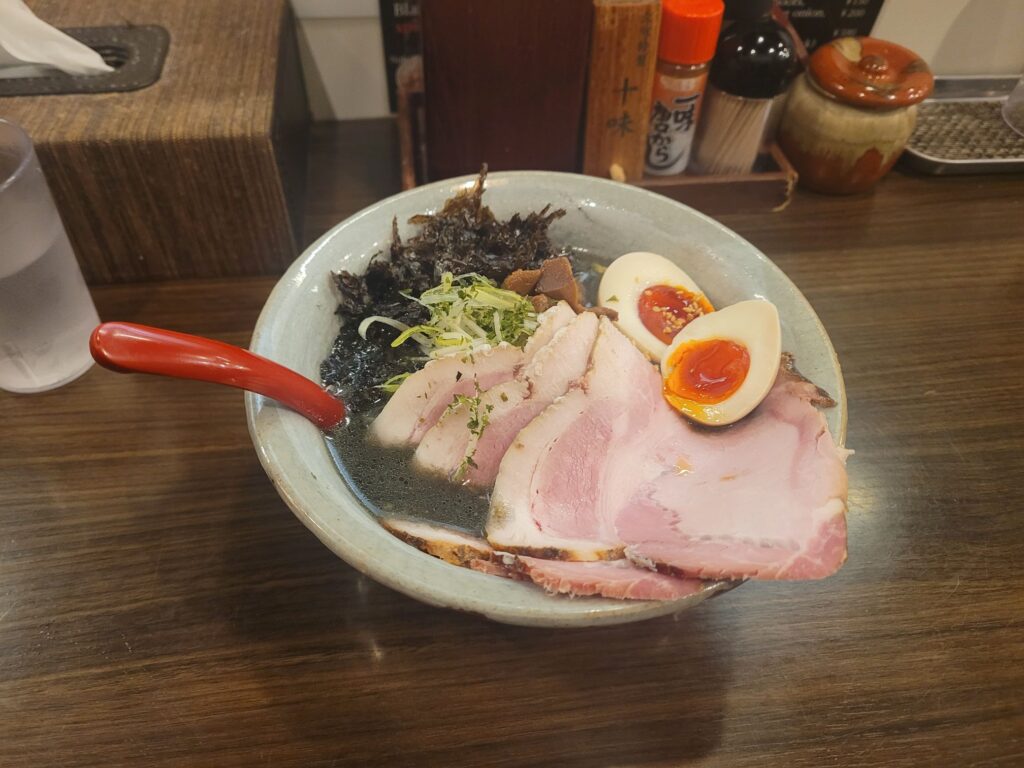
🍜 The 5 Essential Components of Authentic Japanese Ramen
Understanding the five core elements of ramen helps you appreciate its amazing variety. Each part plays a vital role in the experience and the final taste.
1. Noodles (Men)
- Made from wheat flour, water and kansui. This alkaline solution (usually sodium carbonate or potassium carbonate) gives noodles their:
- Yellowish color
- Springy, chewy texture
- Ability to hold up in hot soup
- Variety: Noodles differ in:
- Thickness (thin, medium, thick)
- Shape (straight or wavy/crinkled)
- Water content (hydration). Higher hydration means softer, thicker noodles. Lower hydration results in thinner, firmer noodles.
- Preparation:
- Traditionally handmade, machines are now common.
- Cooked separately to prevent starch from clouding the soup.
- Often rested or matured after cutting to improve texture and flavor.
2. Broth (Dashi)
The broth is the base of ramen’s flavor. It is usually made from meat (pork bones, chicken carcasses) or fish stock. Often, it includes elements like kombu (kelp), dried sardines (niboshi), or bonito flakes (katsuobushi). Soups generally fall into two types:
- Chintan (Clear Soup):
- A light, clear broth.
- Made by gently simmering ingredients. Scum is often skimmed off.
- Temperature control (below boiling) helps keep it clear.
- Paitan (White Soup):
- An opaque, often creamy and rich broth.
- Made by boiling ingredients, especially bones, at high heat for many hours. This emulsifies fat and collagen.
- Tonkotsu (pork bone) broth is a famous paitan, popular in Kyushu.
- Gelatin from collagen makes the soup thick and gives it a pleasant mouthfeel.
3. Seasoning Sauce (Tare)
Tare is a concentrated sauce or paste which seasons the soup. Without tare, the soup would be bland. It provides saltiness, deep flavor, and umami (a savory taste), and is usually added to the bowl just before the soup. Main types include:
- Shoyu (Soy Sauce):
- Provides saltiness and rich umami from the glutamic acid in soy sauce.
- Historically used to balance the strong smell of meat in early Chinese soups.
- Shio (Salt):
- Creates a light, clear broth seasoned mainly with salt.
- Often includes other umami-rich items like dried seafood or kombu.
- Miso (Fermented Soybean Paste):
- Flavored with miso paste, resulting in a thicker, heartier soup.
- Adds body and lots of umami.
- Tonkotsu
- Often used to refer to broth, but also associated with rich, pork-based flavor
- Umami Boost: Tare often contains ingredients high in glutamic acid and synergistic nucleotides (found in fish, mushrooms). MSG (monosodium glutamate) is also commonly used in Japan to enhance umami.
4. Aroma Oil (Kōmi-yu)
Aroma oil is a crucial but often overlooked element. A thin layer of flavored oil added last to provide aroma, insulate the soup, keeping it hot. It also improves mouthfeel, adding fragrance and completes the bowl of ramen.
Common aroma oils include chicken fat, lard, or vegetable oil infused with aromatics like scallions, ginger, garlic, or fish products.
5. Toppings
Toppings add layers of flavor and texture. Some ramen shops let you customize your toppings, others give you various set combinations. Common toppings are:
- Chashu: Slices of roasted or braised pork. A very popular protein.
- Ajitama (Seasoned Egg): A soft-boiled egg marinated for a creamy yolk and savory taste.
- Negi (Green Onions/Scallions): Chopped or shredded. Adds sharpness and a fresh aroma. Some consider it the most important topping.
- Menma: Preserved bamboo shoots. Offers a salty, crunchy texture.
- Nori: seaweed
- Other Toppings: Bean sprouts (moyashi), dried seaweed (nori, wakame), fish cake (kamaboko, like naruto), corn (often with butter), wood ear mushrooms (kikurage), and ground meat (soboro).
🗾 Ramen Across Japan
Japan’s diverse regions offer unique ramen styles, or go-tochi ramen. Each reflects local ingredients, climate, and history. I make it a point to try to local specialty every time I visit a new area of Japan – I will cover this in another article at a later date. Famous varieties of ramen include those from Hokkaido, Tokyo, and Okinawa.
🍽️ How to Appreciate that Bowl of Ramen Sitting in Front of You
Follow these tips for a better ramen experience in Japan:
- Use the vending machine (if present): Many shops have one at the entrance. Choose your ramen, pay, and take the ticket to the counter. They often do not accept contactless payment hence may sure you have some cash on hand.
- Common Condiments: You will often find seasonings at the table. These include white pepper, black pepper, chili pepper, sesame seeds, and crushed garlic. Use them to adjust your bowl’s taste but often I would recommend appreciate the bowl of ramen as it is.
- Understanding Your Soup: Note the soup’s base. Is it shio, shōyu, miso, or tonkotsu? Note its richness. Is it clear (chintan) or creamy (paitan)? This helps you know the flavor to expect.
- Noodle Texture Matters: Notice the noodle thickness and shape. Are they thin and straight (common in tonkotsu)? Or are they thick and wavy (often with miso)? The texture changes how they mix with the soup.
- Customize (if offered):
- Noodle firmness: soft, regular, or hard
- Oil level: light to rich
- Broth strength: mild or salty
- Slurp: It’s polite and practical and the Japanese encourage it. Slurping cools the noodles and enhances flavor.
- Use chopsticks and a spoon: A Chinese-style spoon helps with broth and small toppings. It is also okay to drink the soup directly from the bowl.
- Eat fast: Ramen is best hot before noodles begin softening. Locals finish in 10–15 minutes and leave the restaurant, allowing the next customers to come in.
- Finishing the Soup: You do not have to finish all the soup. However, it is a nice compliment to the chef if you do.
- Kaedama: If available, ask for extra noodles after finishing the first batch of noodles (but before you finish the soup).
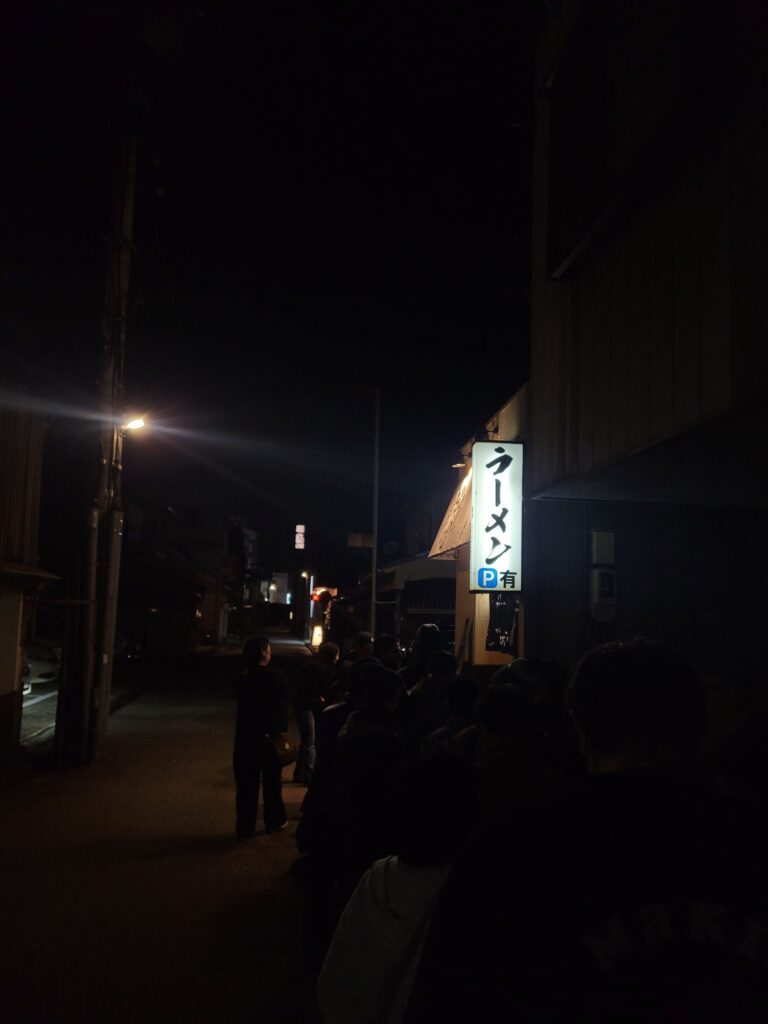
📚 Further Reading & Trusted Resources
For further reading, check out these sources:
- A pair of ramen enthusiasts compiled a free eBook on ramen—covering everything from broth basics to regional maps. It’s a great starter for ramen fans curious about the details behind the dish.
- NHK World’s documentary series Ramen Japan offers a beautifully filmed journey through local ramen shops, and the people behind the bowls. Highly recommended.
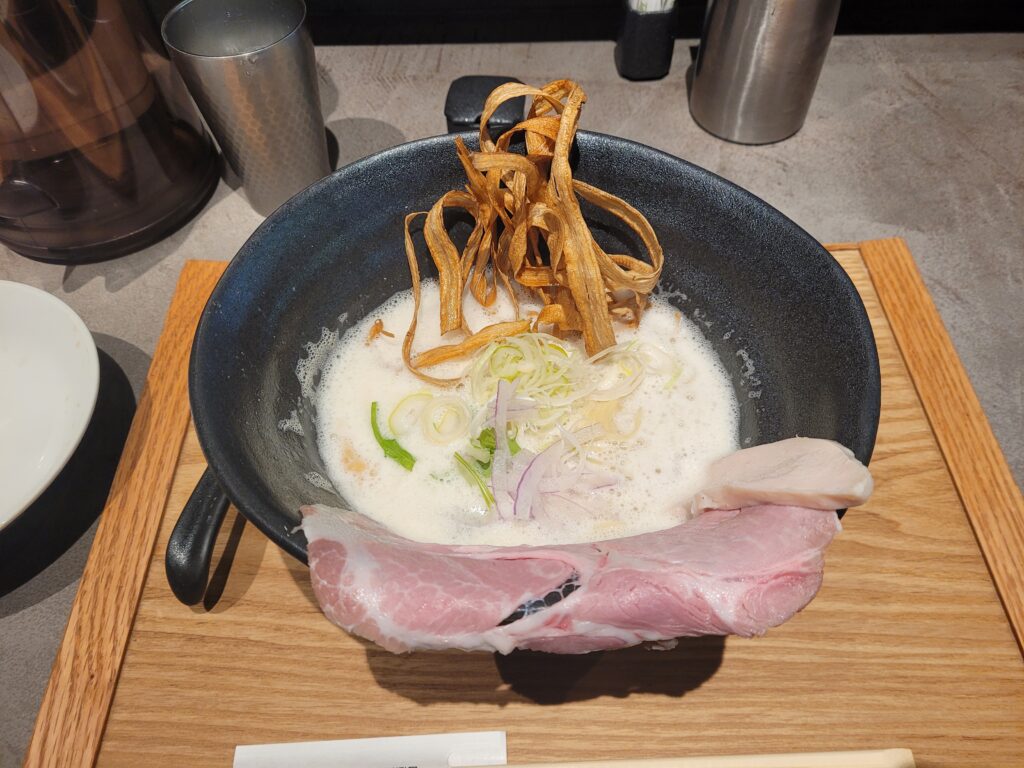
Conclusion
Eating ramen in Japan isn’t just a meal, it’s a way to explore the country. One bowl at a time, you can travel through Japan through broth, noodles, and toppings.
You don’t need to be an expert to enjoy ramen. You just need a bit of curiosity, a working appetite, and a willingness to slurp. (and the tips above at hand) Whether you’re wandering through Tokyo or standing at your stove with instant noodles in hand, there’s always more to explore in the world of ramen.
Want to start your ramen journey? Start with three bowls: one clear, one creamy, and one spicy. Then see what you prefer and where your tastebuds takes you.
Let me know in the comments below if you want me to make my own version of ramen at home and upload a post on it!
More posts on travelling in Japan: (To be added)

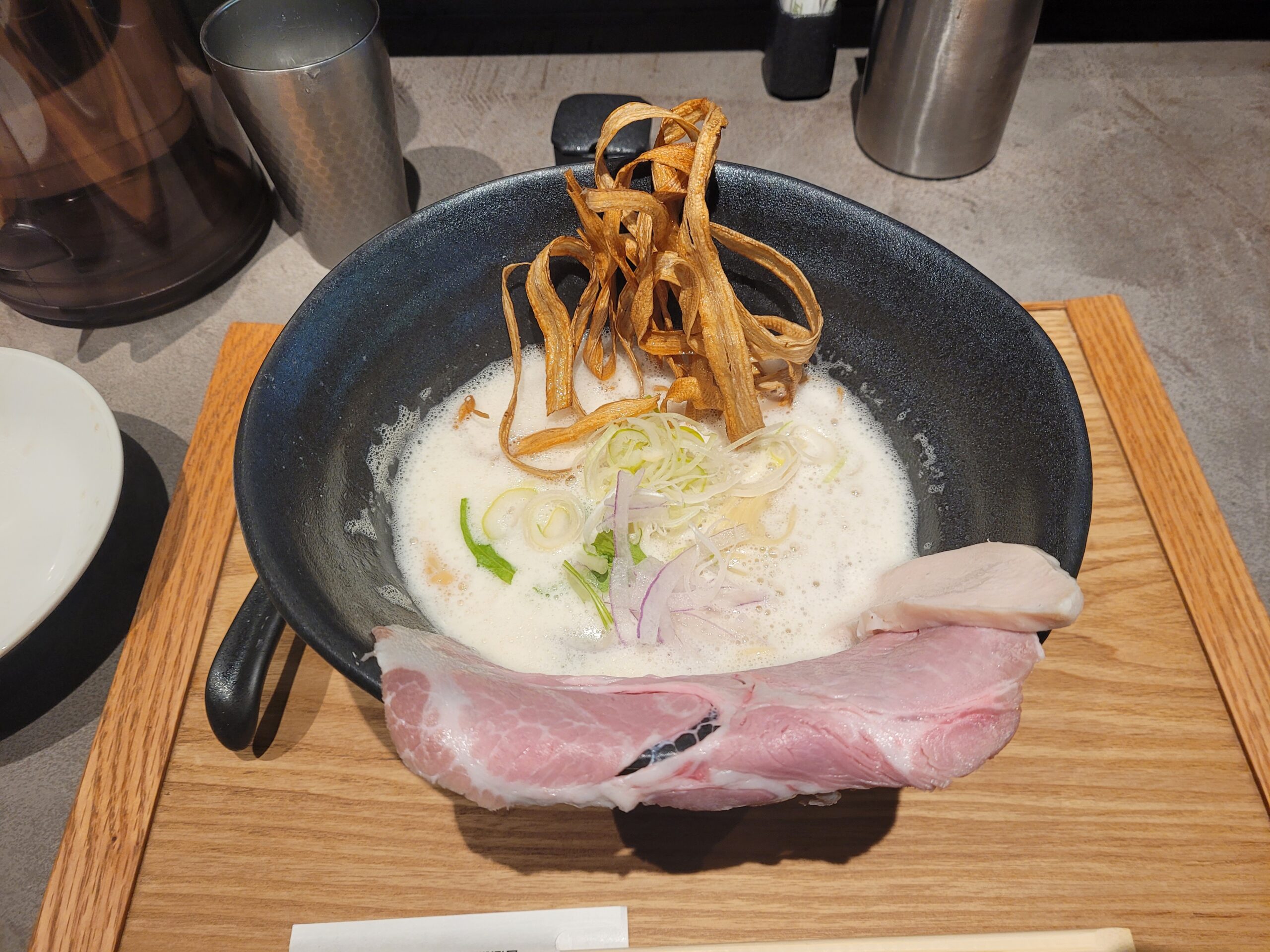
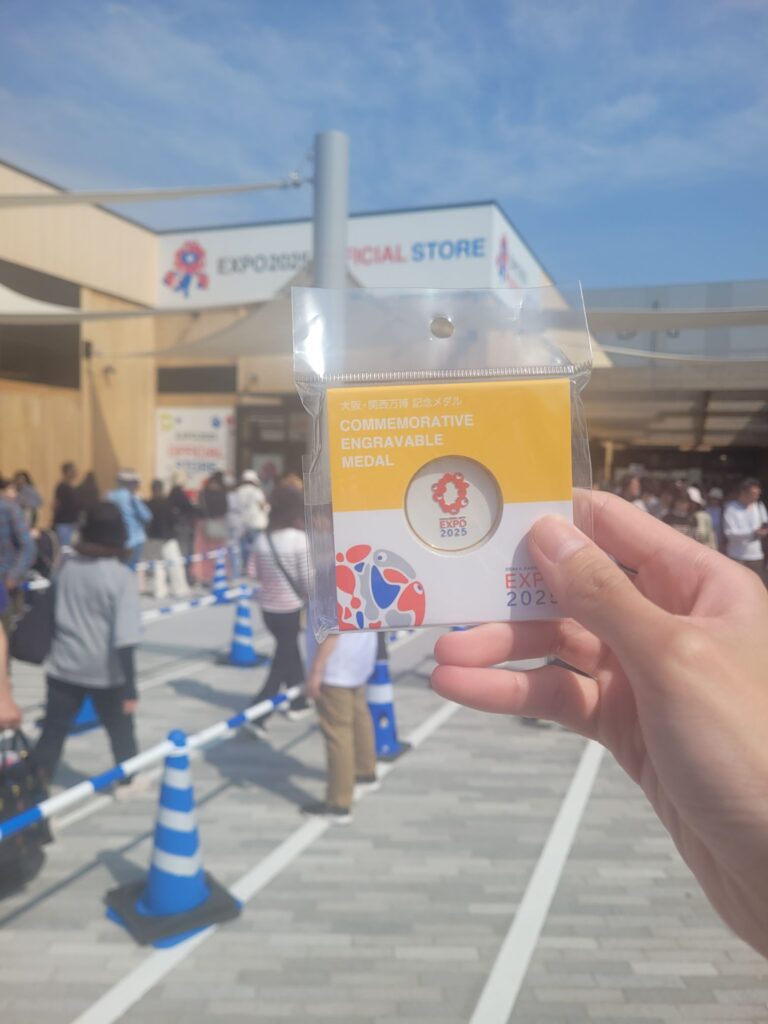

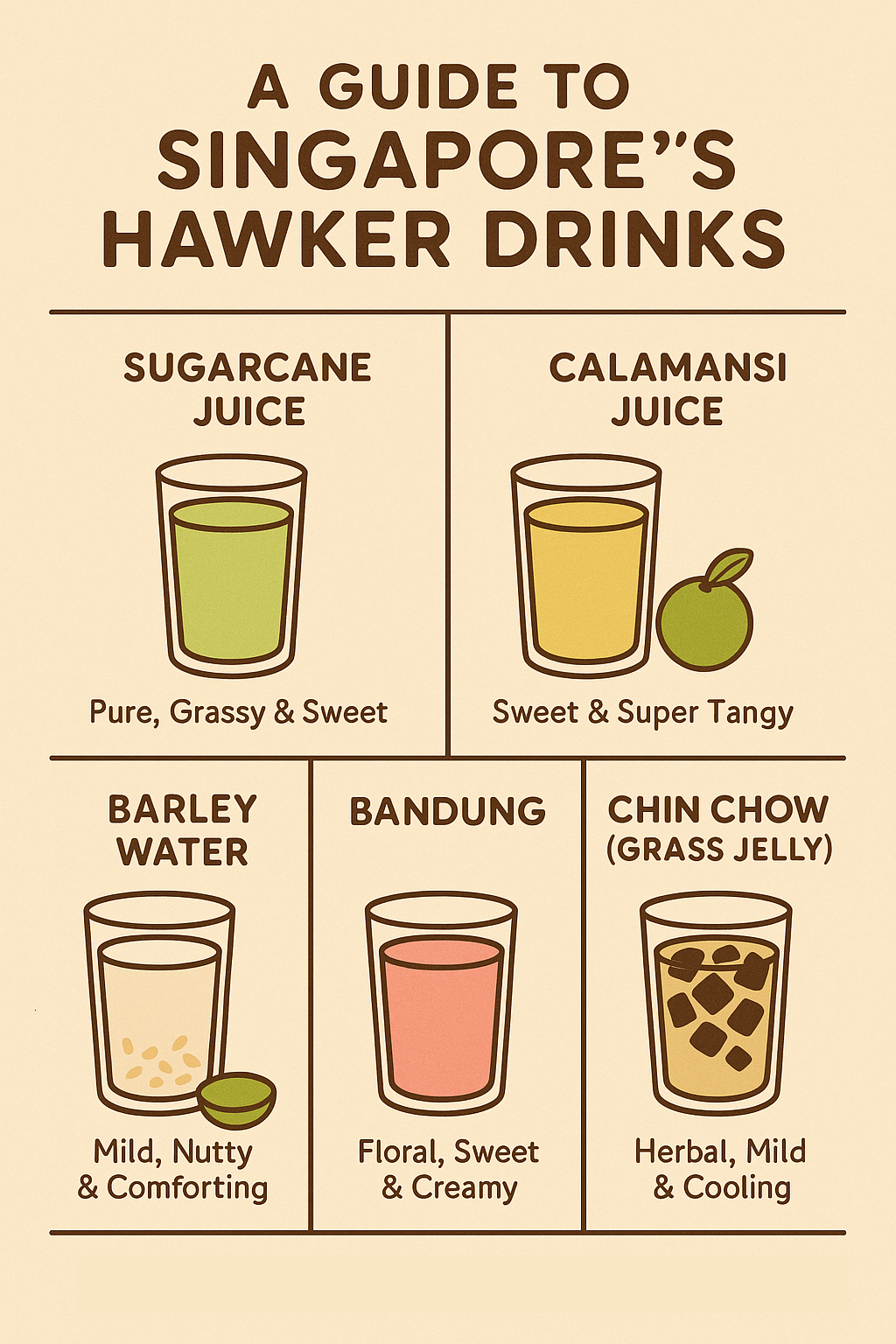
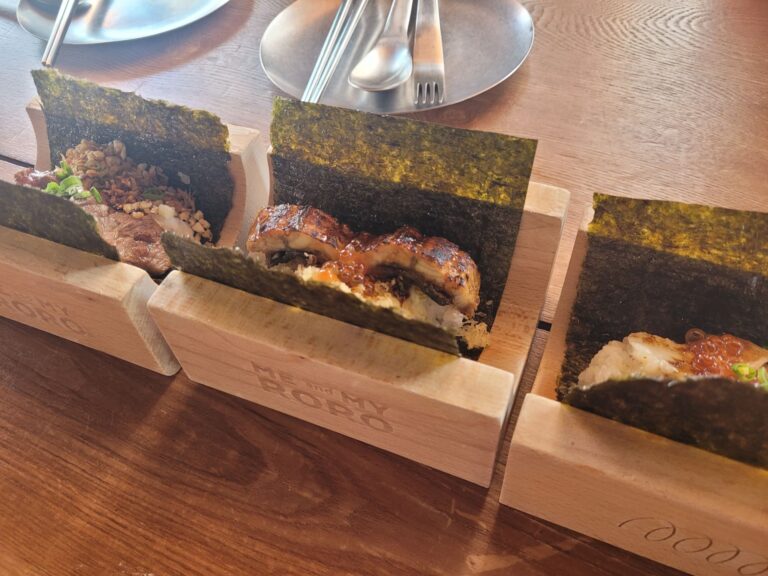
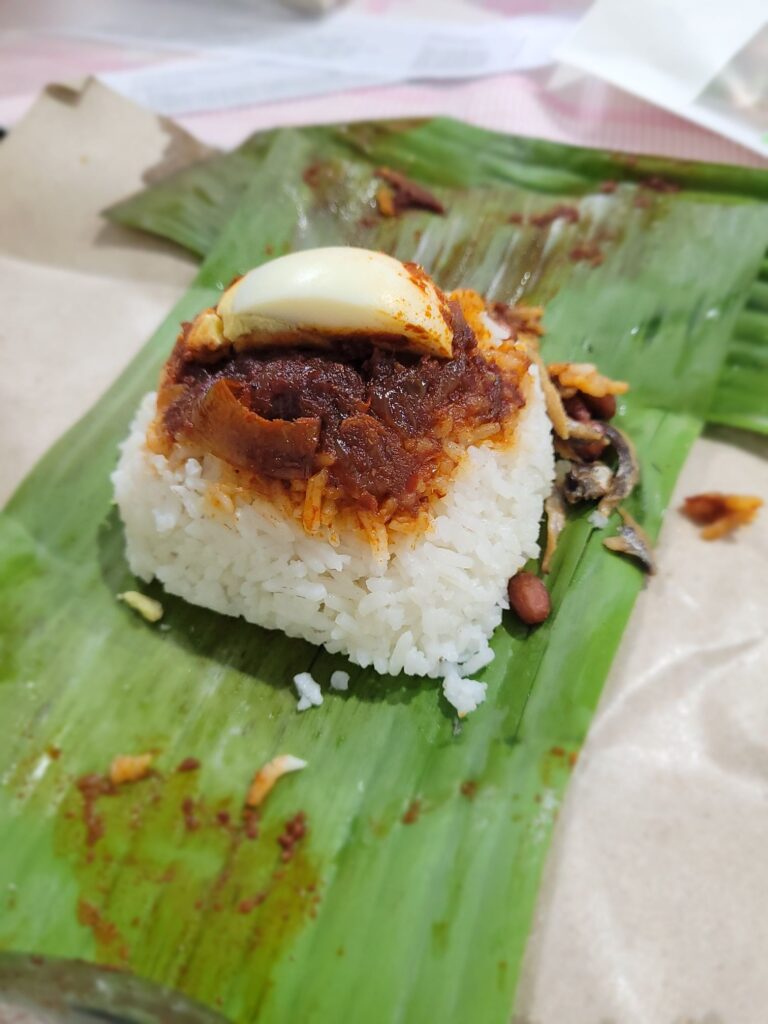

One Comment